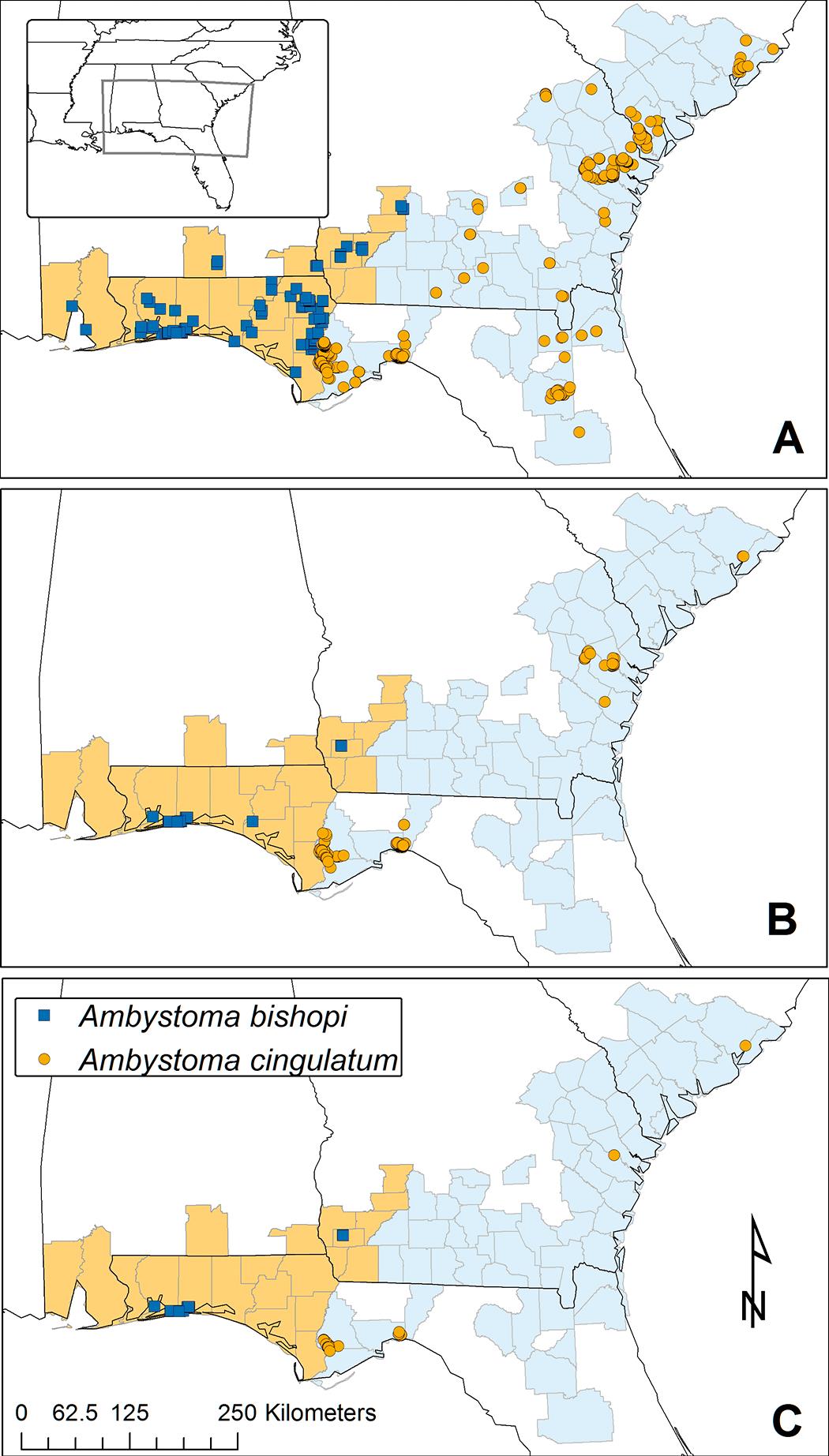Extinction Debt as a Driver of Amphibian Declines: an Example with Imperiled Flatwoods Salamanders
Abstract/Summary
A comprehensive view of population declines and their underlying causes is necessary to reverse species’ loss. Historically, in many cases, a narrow view may have allowed species’ declines to continue, virtually undetected, for long periods of time (perhaps even decades). We suggest that extinction debt is likely responsible for numerous (and perhaps most) amphibian declines and that this perspective should be incorporated into the structure of amphibian research and management. Extinction debt, originally proposed to explain changes in species richness following environmental disturbance, may also refer to the proportion of populations of an individual species that is expected to eventually be lost due to habitat change. A conservation framework to address extinction debt focuses research on threats at the individual, population, and metapopulation levels. This approach will help enhance, restore, and protect specific processes and habitats at the proper scale by directing management to the most vulnerable level and stage of a species. We illustrate this approach using Flatwoods Salamanders, Ambystoma cingulatum and Ambystoma bishopi, which occurred historically throughout the Coastal Plain of the southeastern USA but have experienced a > 85% loss of populations in recent years. Reversal of these losses is possible only if conservation and recovery efforts encompass individual, population, and metapopulation levels. We illustrate our framework by outlining actions that could be taken at each of these levels to help guide conservation and management of amphibians with complex life cycles.
Publication details
| Published Date: | 2017-01-11 |
| Outlet/Publisher: | Journal of Herpetology 51(1):12-18. |
| Media Format: | URL |
ARMI Organizational Units:
Southeast - BiologyTopics:
ManagementMonitoring and Population Ecology
Place Names:
FloridaSoutheast U.S.
Keywords:
amphibiansconnectivity
demographics
extinction
habitat alteration
habitat destruction
life history
management
movement
pond-breeding amphibians
population
reproduction
T&E
threatened species
wetlands

